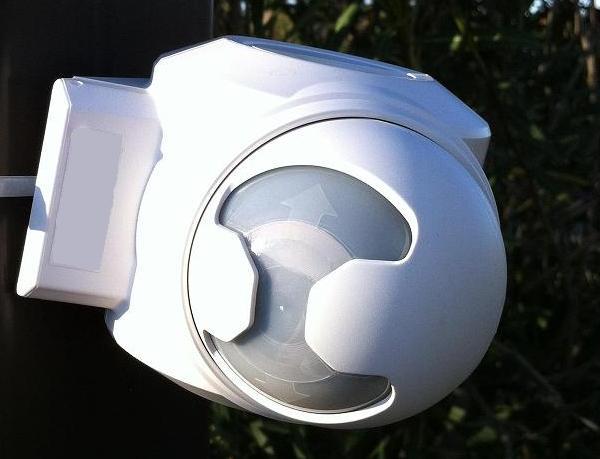Project Info
COMPLETE
 Project Title
Project Title
 Project Title
Project Title
California Exterior Lighting Occupancy Survey
Project Number ET08SCE1050 Organization SCE End-use Lighting Sector Commercial Project Year(s) 2011 - 2011Description
Occupancy-controlled luminaires have proven to have significant energy-saving potential in exterior applications such as residences, parking garages, parking lots, and pedestrian walkways. As a result, California utilities are deploying this approach throughout their service territories. To be able to predict with adequate levels of accuracy and precision and the level of savings to be expected from this approach, it is fundamental to determine typical occupancy patterns for a variety of exterior space types, since savings are highly dependent on occupancy rates, i.e. the percentage of time that a space is occupied. This project outlines a study for estimating the typical occupancy patterns of exterior spaces for occupancy-controlled luminaires throughout California. Because the effort and funding required are highly dependent on the number of sites, types of spaces studied, requirements for statistical accuracy and precision of results and technical solutions for site monitoring, this study is divided into two phases. In this project, Phase 1 will define the scope of the study, including key applications, as well as development of study methodology, implementation, and analytical requirements.
Project Report Document
Loading PDF Preview...
